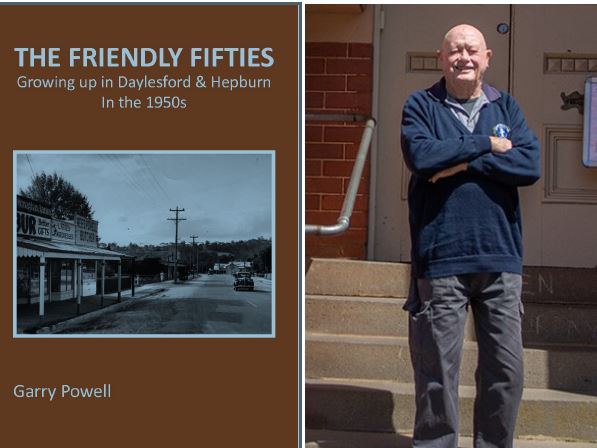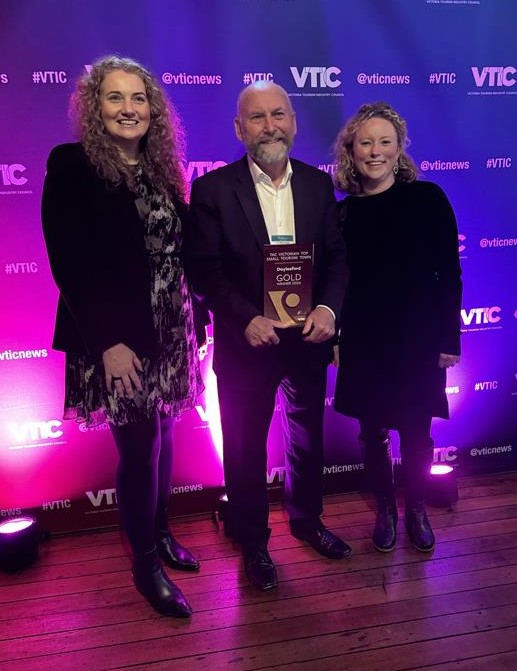November 10th, 2023Those halcyon days of the friendly fifties
Words & image: Tony Sawrey

Garry Powell is a prolific author with nearly 20 published books to his credit including several local histories such as Double Gold, the History of Mount Franklin and District co-written with Janet MacDonald.
His latest work, to be released later in November through the Daylesford and District Historical Society is The Friendly Fifties – Growing up in Daylesford and Hepburn in the 1950s. Across 130 pages, peppered with countless photos from the period, he presents a tableau of simpler times blessed with greater community cooperation and friendliness.
“I was prompted to do this book by Jan Smith at the historical society,” says Garry. “We were well into recording local oral histories when Covid hit and we had to stop.
“So instead, it was suggested that, since I had grown up in Daylesford and had many connections in the area, what about doing a bit of a history of when you were going to school? So I began work on it during lockdown.”
His work lays out in detail the minutiae of daily existence growing up in Daylesford and Hepburn in times that are clearly considered to have been happier than today. It is a picture of a perfect little rural town.
Wives at home, men out working, kids walking off to school and doing sport on the weekends. In his recollections, Garry captures an era evoking the atmosphere of a d’Arcy Doyle or David Bromley painting with children playing and holding hands.
In fact, as Garry points out, his most significant memory of growing up in the region is not anything specific, neither date, time or event but a state of being.
“I could walk down the street here as a kid and know everyone. It was just the friendliness of everybody, everybody knew everybody. How fortunate it was to grow up in such a close and active community.”
Nonetheless it could be said that The Friendly Fifties tends to avoid dwelling on the negative aspects of life in post-war rural Australia. While it was certainly a time of halcyon childhoods, the decade was also marked by a stifling Menzies-style conformity and conservatism along with rigid gender roles.
Not to mention the spectre of the Stolen Generations, practices of forced adoption and the repressed trauma of returned servicemen. All of these stories and more have local iterations.
However Garry makes clear that the difference between the life he experienced growing up in the town is far removed from that of today.
Above all, the economy of the area has shifted from that of an insular working town with industries such as woollen mills and timber to that of tourism.
And with these changes he believes the population has lost its connections with each other.
In the book’s foreword written by Professor Tom Griffiths of the Australian National University, Garry wonders if such strong, close communities continue to exist and asks of local people today: “Could they just walk into anyone’s home for a cuppa?”










